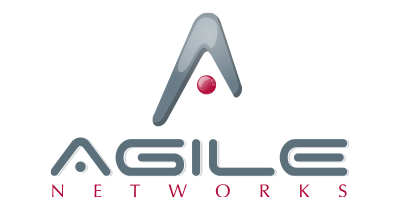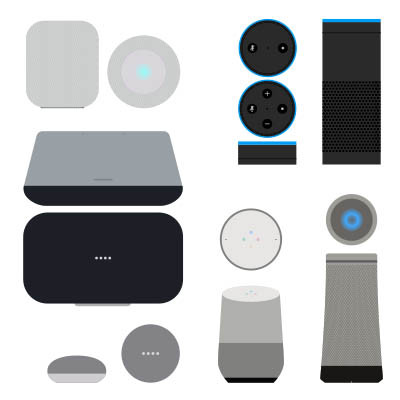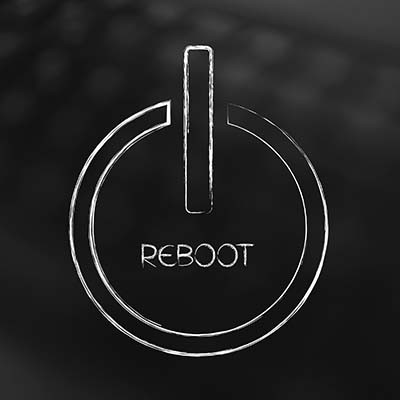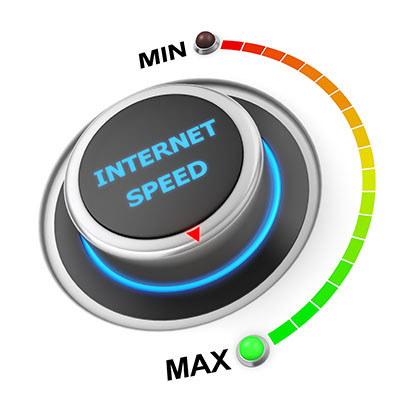Agile Networks Blog
Smart speakers have been around for a while, but let’s be honest—they haven’t exactly changed the world. Sure, they’re great for playing music, setting timers, and answering random trivia questions, but beyond that? Not much has evolved. So, how did we get here, and what’s next? More importantly, can they actually be useful for businesses, or are they just another gadget collecting dust?
If I were to ask you what technology your business possessed and where it all was right now, could you give me an answer? If not, you’ve demonstrated the importance of keeping an accurate inventory of your business’ IT.
So, let’s go over some best practices to make managing your business’ IT inventory more effective.
We’ve all had to confirm we’re not a computer when attempting to log into an account. This is the core purpose of what once was called CAPTCHA… the Completely Automated Public Turing test to tell Computers and Humans Apart. However, it seems surprising that computers don’t easily overcome these simple-seeming tests.
Let’s dig into why these simple tests actually are effective at differentiating between human users and automated bots.
Hardware is far from the most fun topic for a business owner to learn more about, but that doesn’t diminish its importance. If you want to ensure your business stays ahead of the game, then you need to be strategic about your hardware implementation. Otherwise, you risk falling behind, put your business in danger, and—even worse—imperil your budget. Today, we want to help you get the most out of your hardware, long before you have to invest in anything new.
Managing all the gadgets in a modern office isn’t a walk in the park. The tricky part is keeping tabs on every device, figuring out who’s using what, and noticing any trends. If you’re not already tracking your tech, now’s the time to set up a system that does just that. Using an inventory management system can make this whole process a lot smoother.
Unless you’ve been living off the land in the wilderness for the past couple of decades, you’ve heard of Facebook, Twitter (now X), and Instagram. Most people have some type of social media presence on one or all of these platforms (or at least on LinkedIn, TikTok, or YouTube). Many businesses once used or currently use these platforms as a part of their marketing efforts, and despite being billion-dollar companies, there are some serious concerns about the viability of these platforms going forward. In this week’s blog, we will discuss some of the problems people are having with these established social media platforms and how alternatives might just be the future of social media.
While we all know how much magic the workshops up at the North Pole rely on to produce presents for the good children of the world, we have it on good authority that they also rely on quite a bit of technology. For instance, there are a lot of letters that need to be sorted and read before Santa’s big ride. Let’s read up on what our partners up north frequently deal with in their critical operations.
Keeping your small business’ technology up to date is a lot like maintaining a car—you need to make updates to keep it running smoothly and avoid costly breakdowns. The problem is, with IT, where do you start? This month, we thought we’d provide a step-by-step guide to planning tech upgrades for your business.
Computer problems can be super frustrating, especially when they slow you down while working. Many times, it is something that can be fixed quickly, but then there are issues that an experienced IT professional has to address. Let’s take a look at some of the most common computer problems professionals run into.
One of the many tasks undertaken by the United Nations is to protect human rights around the globe while also working to create more sustainable and climate-friendly development. As such, the UN has recently taken a healthy interest in the development of artificial intelligence, hoping to develop guidelines that allow us to get the most value out of AI without creating more significant problems.
There aren’t many successful businesses left that haven’t embraced technology in some ways. Even businesses that took a while to integrate it, like restaurants, are more often than not going to have some type of online ordering or point-of-sale system. Let’s take a look at some of the ways technology helps businesses advance.
Video conferencing has become a must-have tool for businesses, especially after the rise of remote work due to the COVID-19 pandemic. It used to feel like something from science fiction, but now it's a key part of how we work together. Video meetings are not only more reliable and easy to use, but they've also become a lot more accessible, helping people connect no matter where they are. Let's take a look at some of the ways video conferencing has improved:
Keeping track of your business' technology is really important for smooth operations and long-term success. You need to monitor things like computers, servers, mobile devices, and software licenses to avoid unnecessary costs and security problems. A good inventory system helps you know what technology you have, where it is being used, and when it needs maintenance or replacement. This ensures that your team has the right tools when they need them, which boosts productivity and growth.
We all depend on the Internet. For most of us who have been using it since the mid-90s, we’ve seen a massive change in its use. Today, silent continuous connectivity has replaced the dial-up tones of the late 90s and early 2000s. In today’s blog, we thought we’d discuss how Internet connectivity speeds have changed over the past 30 years.
A business experiencing a network bottleneck is having a bad day, especially since the ability to share data is so important to many industries today. That said, today’s resource-intensive technologies can easily eat through an organization’s bandwidth and create these kinds of network slowdowns.
Let’s talk about what can be done to reduce these bottlenecks, if not eliminate them outright.



















